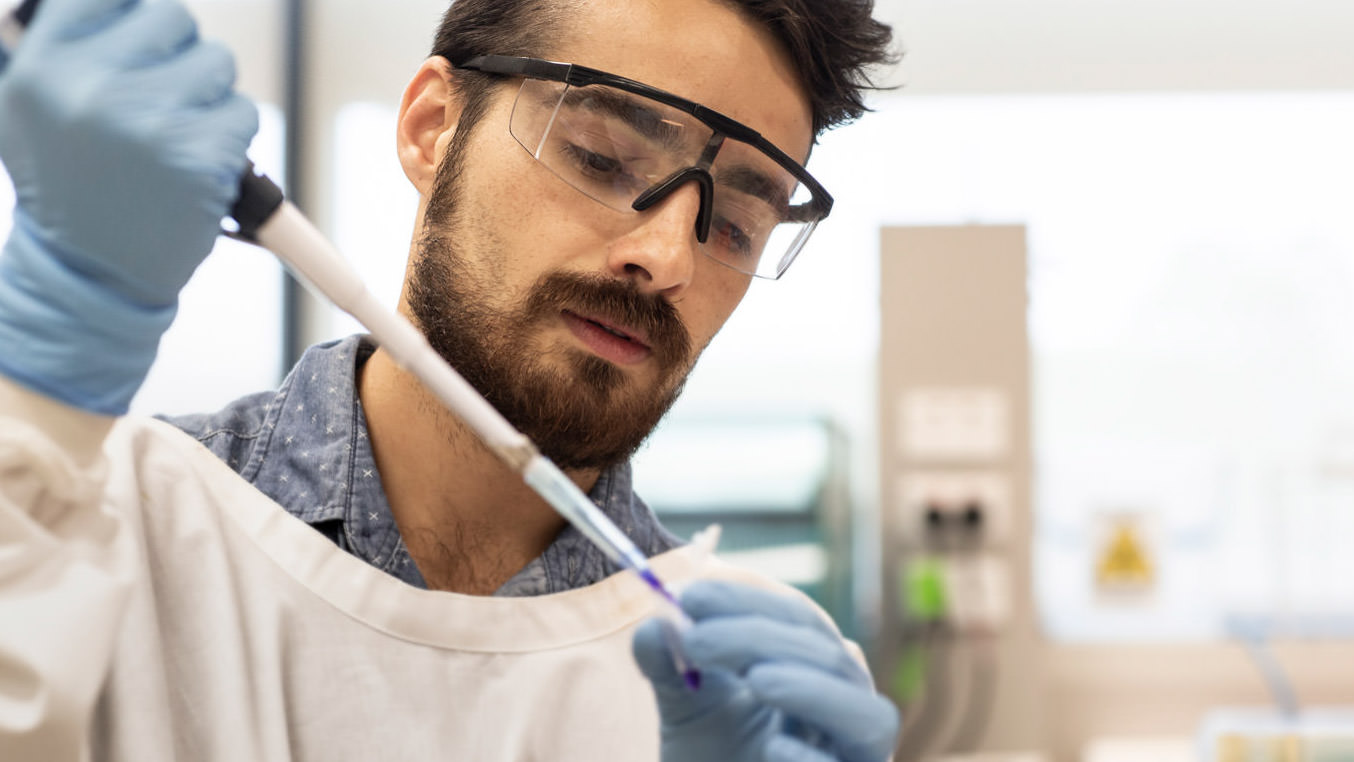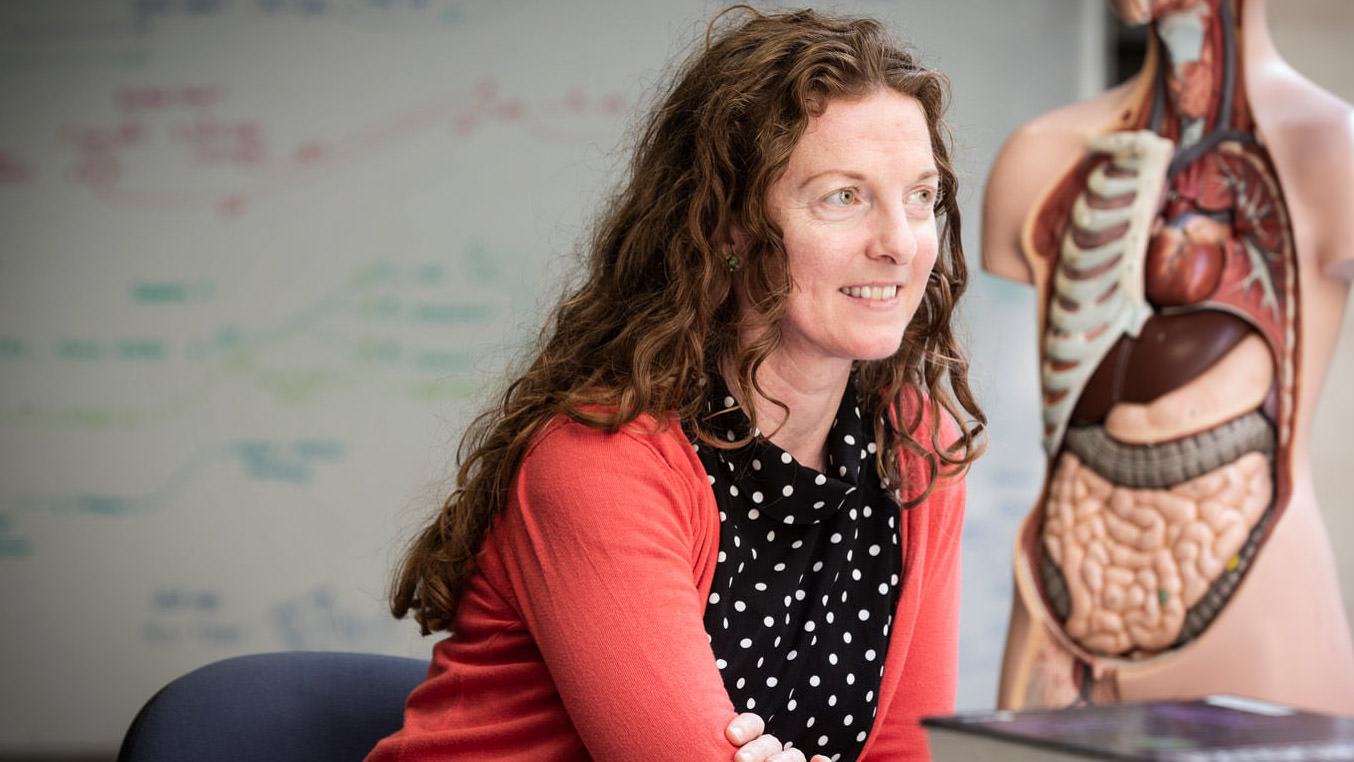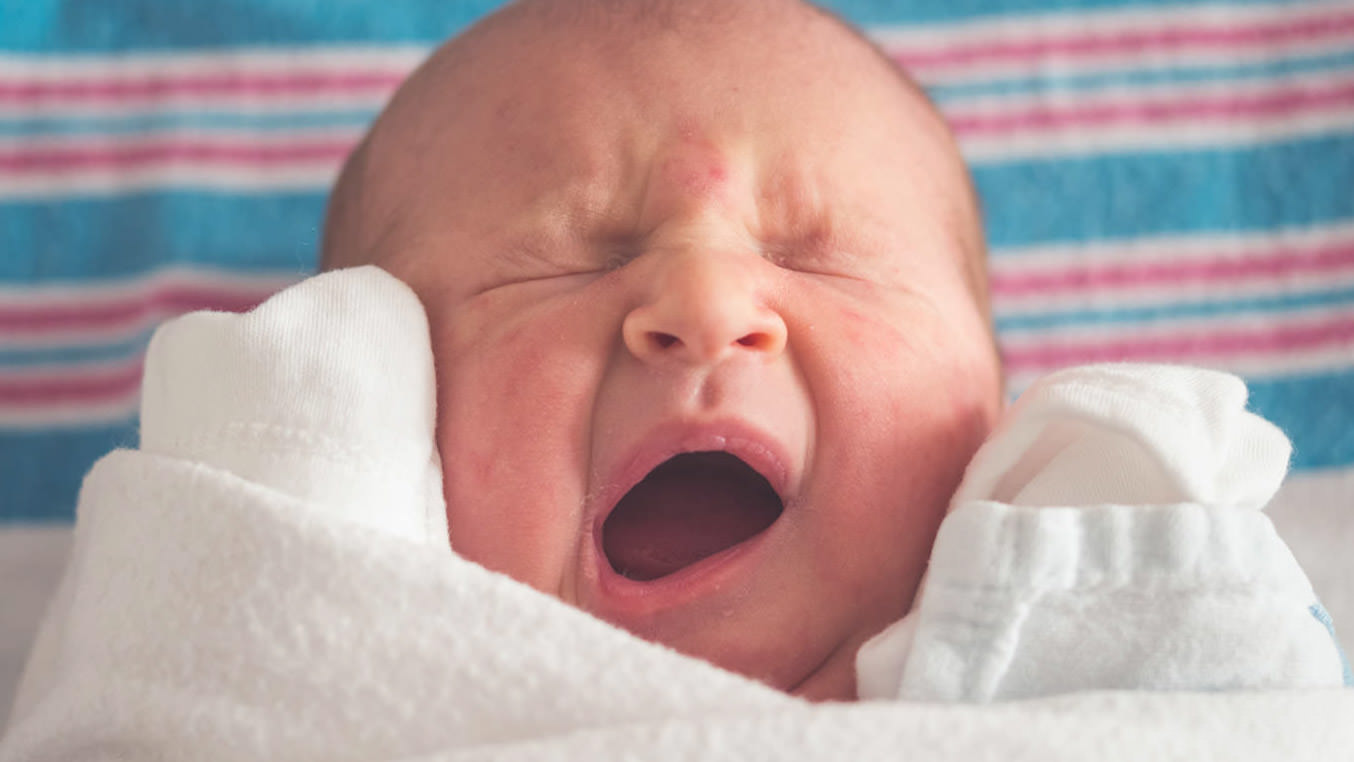Subscribe to The Stand
Want more UOW feature stories delivered to your inbox?
Read on
Women's bodies are built differently, capable of enduring the pressure and pain of pregnancy and childbirth. Over nine months, mother's bodies are pushed to their limit and undergo some remarkable transformations to support the growth of a new life.
The physical changes are the most obvious, but there are also powerful molecular mechanisms at work - and there is still lots to learn about how mother's bodies adapt to the pressures of pregnancy.
The demands of pregnancy start long before childbirth. Blood volume slowly increases, the heart is pumping harder to move that extra blood around the body and there is a huge surge in hormones and proteins.
"Everything is being challenged. The whole system is being tested," says Illawarra Health and Medical Research Institute (IHMRI) PhD candidate Jordan Cater.
"The increase in maternal blood volume puts pressure on the cardiovascular system. You've got an increase in body temperature and an enhanced metabolism, plus all the by-products that come along with that [which the body needs to clean up]," says Jordan, describing some of the systemic stresses of pregnancy.

Jordan Cater, a PhD candidate from the Illawarra Health and Medical Research Institute. Photo: Paul Jones
As a molecular biochemist, Jordan wants to know how the maternal body responds to and copes with biological stresses during pregnancy. It's all systems go and biochemically, that pressure is relentless.
His work with research supervisor Dr Amy Wyatt focuses on proteins called chaperones. These molecular machines help other hard-working proteins fold into shape and stabilise others if they start to unravel when stressed. Like any machinery, proteins must be assembled correctly and maintained properly so they can do the job they were built to do.
Under the immense stress of pregnancy, damaged and misfolded proteins begin to accumulate so the researchers suspected the body must have some way of preventing the whole system from collapsing, Jordan explains.
"That's how this project was born - Amy was looking for something that is possibly floating around in the blood which could be helping to protect [proteins] against the stress [of pregnancy]," he says.
Now at Flinders University, Dr Wyatt, who completed her PhD at UOW, says she started rethinking pregnancy shortly after first experiencing pregnancy herself: "I started to think about pregnancy as a unique physiological state - a 'stress test' for the maternal body - in which many pressures that are capable of inducing protein misfolding are increased.
"I realised that virtually nothing is known regarding how the maternal body copes with elevated protein misfolding in pregnancy."

A newborn baby. Photo: Carlo Navarro/Unsplash
Most of the research on protein misfolding has so far focused on disorders which occur in old age, like Alzheimer's disease and arthritis, Dr Wyatt explains. Only more recently has pre-eclampsia, a condition which some women develop during pregnancy, characterised by high blood pressure, been recognised as a protein misfolding disorder also.
"But even in normal healthy pregnancy, levels of misfolded proteins significantly increase compared to those measured in non-pregnant women," she points out.
Dr Wyatt took notice of a particular protein that is deployed during pregnancy, aptly named pregnancy zone protein (PZP). It was very similar to another molecular chaperone she had been studying, which has the ability to stabilize stressed and misfolded proteins.
"In mid-to-late pregnancy, PZP becomes the most abundant pregnancy-associated protein in human blood," Dr Wyatt says. At 30 weeks, some pregnant women are producing 50 to 100 times more PZP than times when they are not pregnant.
This led Dr Wyatt and Jordan to investigate its activity, isolating the protein from blood plasma samples donated by healthy pregnant women.
"I realised that virtually nothing is known regarding how the maternal body copes with elevated protein misfolding in pregnancy."
- Jordan Cater
They found PZP binds to and stabilises misfolding proteins, like amyloid-beta, preventing their aggregation. Amyloid aggregates are otherwise associated with Alzheimer's disease and found in the placenta of pregnant women with pre-eclampsia. Based on these observations, they propose that PZP may help women tolerate and manage higher levels of misfolded proteins in pregnancy.
"Our work is starting to piece together how the maternal body adapts to deal with protein misfolding," Dr Wyatt says.
"We think that this is a possible mechanism that the maternal body has adapted to help cope with the stress," but one that comes with a cost, Mr Cater adds.
"The body is making a tremendous investment to produce this protein [during pregnancy]. It's a very complex molecule so it requires a lot of energy to make."
Interestingly, he has so far been unable to synthetically produce the protein in the lab using standard methods.
"The cells just struggle to make it. They can only make very small amounts and it's not the same as what the body makes," he says, which means the protective protein produced by pregnant women is something quite exceptional.
Growing a new human is truly an endurance effort. Women must sustain an elevated metabolism during pregnancy that burns all day, every day, for nine months as the body works to build new cells and tissues for both mother and baby. It demands a steady supply of extra food and nutrients, especially in the second and third trimester of pregnancy.
"When the baby starts to grow, and the woman starts to develop tissue - more fat tissue, breast tissue and more blood - that increases their energy requirements," says Dr Danielle Schoenaker, an epidemiologist specialising in maternal and child health based in the School of Medicine.
While she marvels at the sustained energetic demands of pregnancy, Dr Schoenaker is also quick to point out that the expression 'eating for two' can be a bit misleading.
"It's a gradual increase. Women need to eat just a few hundred calories extra per day, which can just be a simple sandwich or a small bowl of rice," she says and recommends (following the Australian Nutritional Guidelines) that women eat more grains, meat, fish and other foods high in protein like tofu or nuts.
But every pregnancy and every woman is different, she adds, so it's best to monitor your gestational weight gain with your doctor. "That gives a good clue about how you doing, how you're growing and if you're keeping up."

Dr Danielle Schoenaker, from the Faculty of Science, Medicine and Health, says good nutrition is vital before and during pregnancy. Photo: Paul Jones
In her own research, Dr Schoenaker has focused more specifically on the time before pregnancy. Preparing for pregnancy nutritionally ideally starts prior to conception and means eating a good overall diet to ensure an adequate intake of micronutrients like folic acid, iron and iodine.
A woman's general diet and lifestyle before pregnancy also affects her health during and after pregnancy, so both quality and quantity of the diet are important.
"Weight at the start of pregnancy really influences a woman's risk of developing diabetes in pregnancy," Dr Schoenaker explains. "One in seven [Australian] women in pregnancy are diagnosed with gestational diabetes."
Dr Schoenaker suggests that the prolonged stress of pregnancy may put extra pressure on existing risk factors associated with health complications.
"Pregnancy puts a big demand on your body. If something isn't working quite right or if you've got risk factors such as a poor diet, then you can develop complications during pregnancy," she says. "[Those complications] may go away after pregnancy, but it shows you are susceptible to those things and you're also more likely to develop it later [in life], such as diabetes."

Healthy eating is essential in pregnancy. Photo: Brooke Lark/Unsplash
Positively, as researchers discover more about how pregnancy leaves a lasting impression on the body, it means women can be better prepared. Dr Schoenaker says eating a healthy diet is something women can do every day to improve their own health, and the health of their baby, but then they have to trust that their body will do the rest.
Hormones are the signals our bodies send to get things moving and stay in control.
Hormonally, pregnancy is unlike any other time of life. Hormones are steadily produced throughout pregnancy to stimulate major changes and growth in the body and baby, before surging in the third trimester as the body readies itself for childbirth.
"I'm really interested in pregnancy because it's so hormonal," says Dr Theresa Larkin, Senior Lecturer in Anatomy in the School of Medicine. She adds that her favourite system of the body to teach students about is the hormone-producing endocrine system.
In her research, Dr Larkin is interested in the rise of hormones in the third trimester of pregnancy, and their influence on mother's physical and mental health, before and after birth.

Dr Theresa Larkin, from the Faculty of Science, Medicine and Health, is interested in the body during and after pregnancy. Photo: Paul Jones
The production of cortisol, for example, is ramping up in the third trimester to help manage the increasing energy demands and stress in late pregnancy.
"It's all about mobilising energy reserves in a stress situation, getting glucose into the system where it can be used," Dr Larkin says. "It's also necessary to instigate labour."
In other circumstances, however, high cortisol is associated with depression and anxiety. In fact, levels of cortisol in pregnancy can be as high as those measured in people with depression and anxiety, Dr Larkin says, from her research, but pregnant women in her studies were not affected in the same way.
In pregnancy, women balance high levels of cortisol with another hormone called oxytocin, which dampens the stress response, she says. "They've [pregnant women] got a really unique [hormonal] profile."
But like anything in the body, it's a fine balance and a stressful event late in pregnancy may trigger an early labour by adding to the already naturally high levels of cortisol.
"There is always a concern that [a stressful event] can precipitate labour because if there is an extra surge in cortisol above their already high levels it might signal 'We're ready to go'," Dr Larkin explains.
Prolonged stress throughout pregnancy can also affect a woman's health and her experience of pain in pregnancy. Specifically, other studies by Dr Larkin have shown a link between stress and anxiety in pregnancy and the back pain that women experience, as well as gestational diabetes.
But if all goes well, with the rising cortisol and final boost in oxytocin comes labour. The adrenaline is pumping and relaxin (as the name suggests) relaxes ligaments in the pelvic cavity so it can widen for childbirth.

A newborn baby. Photo: Tim Bish/Unsplash
"When the baby is engaged and it's pushing on the cervix, that [signals] to release more oxytocin which stimulates more contractions, pushing the baby down," Dr Larkin says. "It's a positive feedback loop."
"It's also super important that [oxytocin] remains elevated [after birth] for the initial bonding with the mother and child," she adds.
The demands of pregnancy quickly become the demands of parenthood. After giving birth, women are working hard to produce breastmilk to help their newborn baby grow and adjusting to the sudden drop in hormones back to normal levels.
Recommendations vary on how long women should wait before getting pregnant again, to give their body time to recover and replenish its reserves.
"Ideally, to give children the best outcome, you don't want to go into a second pregnancy with already low reserves because you're looking after the first child," Dr Larkin says.
The ligaments of the pelvis and muscles of the abdomen will, in time, also slowly heal and contract, but some parts of the body will never be the same again.
"A uterus that has grown a baby will never be the same as a uterus that has never had a baby. It doesn't go back to the same size [until it shrinks in menopause] and the cervix remains different. That's an organ that has changed."